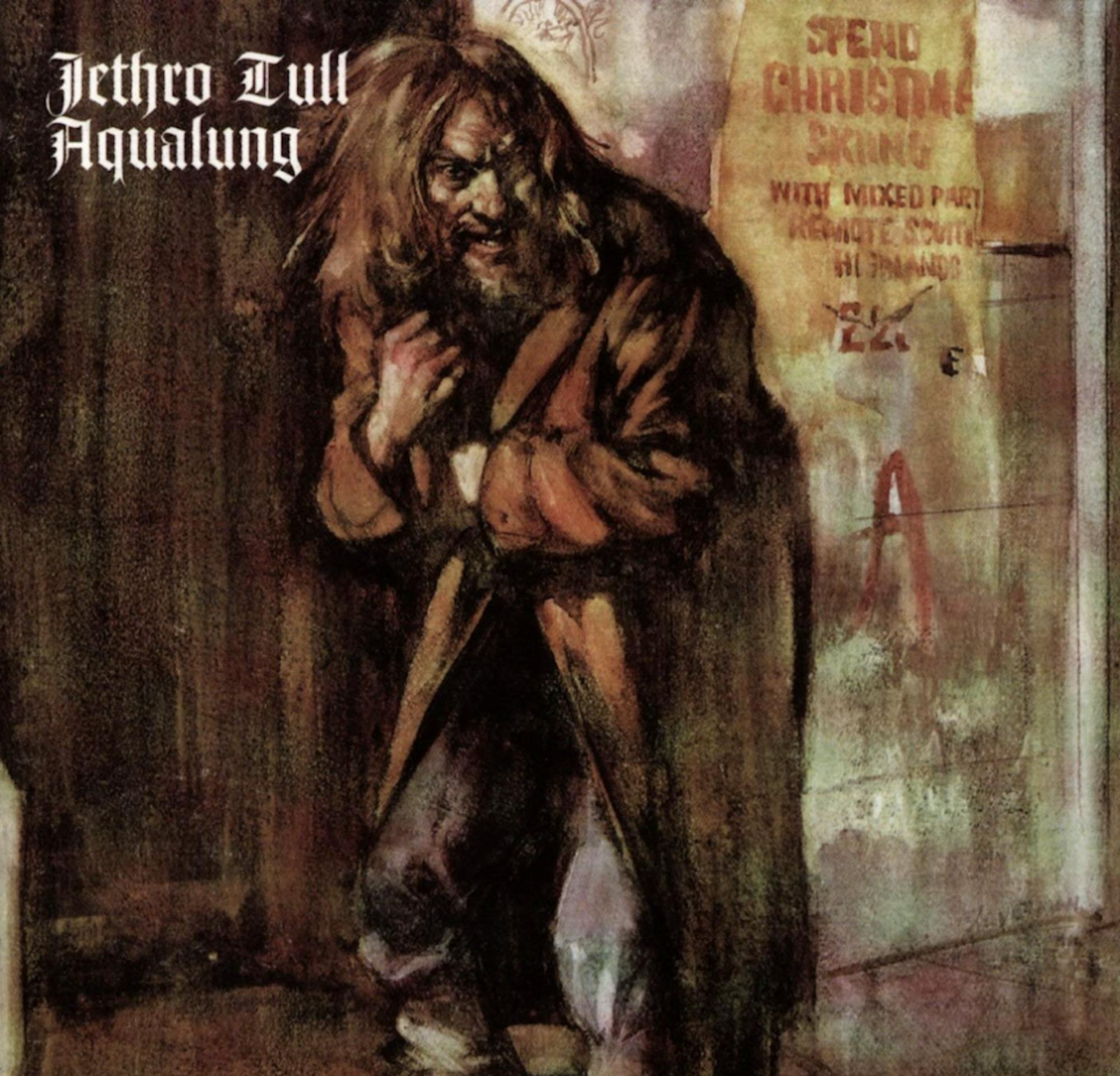Inspired by The Beatles, Jethro Tull formed in the U.K. to write music and cashed in on sounds that progressive rock bands like Cream, Led Zeppelin and King Crimson were pioneering in the mid-to-late 1960s. As lead singer Ian Anderson explained in a 2018 interview with Decades TV, “It was the beginning of that improvised music slipping into the popular format. It came via blues, it came via Black American blues and it had impacted a whole generation of young, middle-class, white British boys, most of whom went to art colleges.”
With artists like Chuck Berry, Little Richard and B.B. King being the transition from blues music to rock ‘n’ roll, their impact inspired bands such as Jethro Tull to amplify the changes that music was experiencing. However, in order to make a name for itself in the sea of British bands that had the same goal in mind, something had to stand out about the band. That was when Anderson traded in his guitar for two things: a microphone and a flute.
Jethro Tull’s fourth studio album, “Aqualung,” was released 50 years ago today on March 19, 1971. Prior to its release, the band had been gaining some traction after opening for artists including Jimi Hendrix and Led Zeppelin. With heightened celebrity, it was necessary that Jethro Tull capitalized on its next studio release.
The band’s artistry is proven on the first and second tracks of the record. First comes "Aqualung," the title track. Its lyrics and orchestral-style breakdown make for an impressive introduction to the record. On the second track, "Cross-Eyed Mary,"Ian Anderson introduces the instrument that gave Jethro Tull such a distinct identity: the flute. The beginning of “Cross-Eyed Mary” immediately shows the amount of tonal substance and swagger that the flute brings to Jethro Tull’s music. The folk-style “Mother Goose” is an absolutely mesmerizing track due to its entirely acoustic first half. The incredible quintet of acoustic guitar, pan flute, tambourine, percussion and vocals combine to form a wonderfully solid song. Each element makes the song feel heavenly, and this pairs well with Anderson's storytelling lyrics. "Mother Goose" shows how talented the members of Jethro Tull are as songwriters.
We also see hard-hitting songs such as "Up to Me" and "Locomotive Breath." The band takes the standard elements of the blues and adds its Jethro Tull flare to it. "Up to Me" follows a pattern where it constantly switches between a medieval, folk rock-style melody and a pure rock ‘n’ roll chorus riff. Meanwhile, "Locomotive Breath" has proven to be one of the most universally respected songs in the Jethro Tull discography. The guitar and piano riffs are persistent and mean, with chugging sounds to mimic a train moving along a track; Anderson's vocals also have such a robust presence in the song. Of course, one of the reasons why the song is so famous is its flute solo, one of the most recognizable instrumental solos ever.
The success of "Aqualung," doubled with the following "Thick as a Brick" (1972), allowed Jethro Tull to properly earn its place as a staple of the U.K.'s progressive rock scene. Over the years, Jethro Tull went on to influence artists such as Iron Maiden, Pearl Jam and Joe Bonamassa. Nick Cave also considers Jethro Tull one of his favorite bands, naming one of his sons after the band. Thanks to "Aqualung", Jethro Tull was properly put on the map of rock bands, and the sound that album captured, at the time it was released, is one of a kind.






